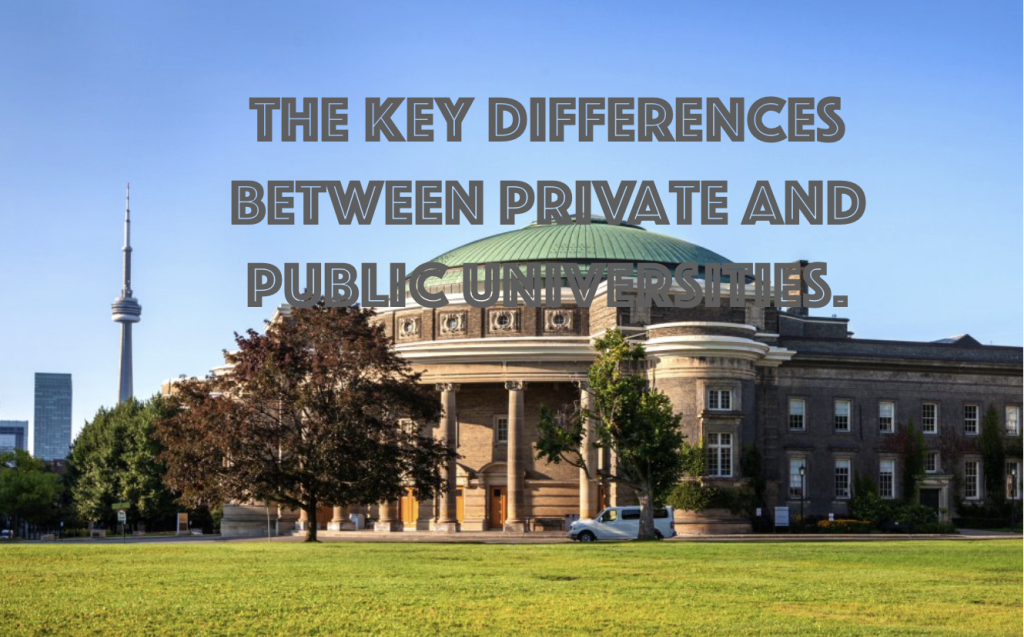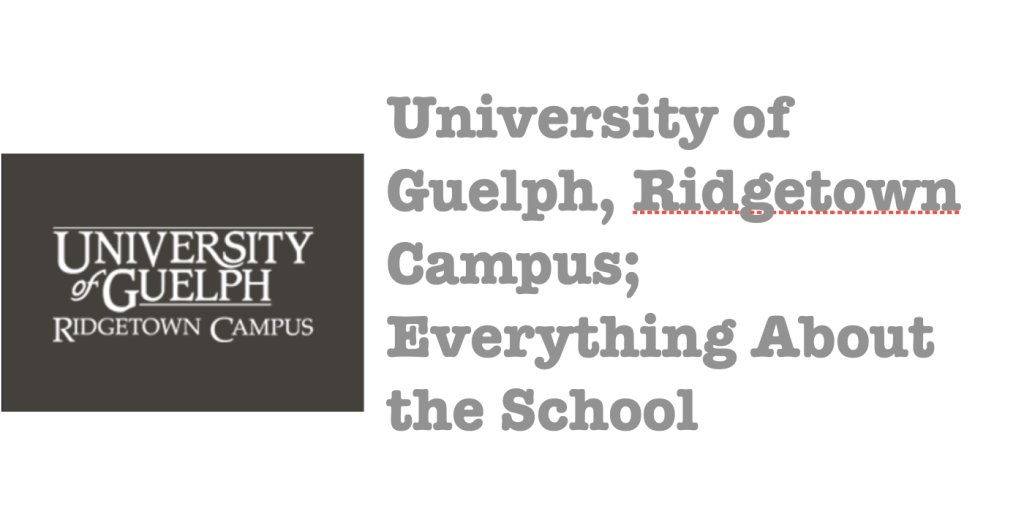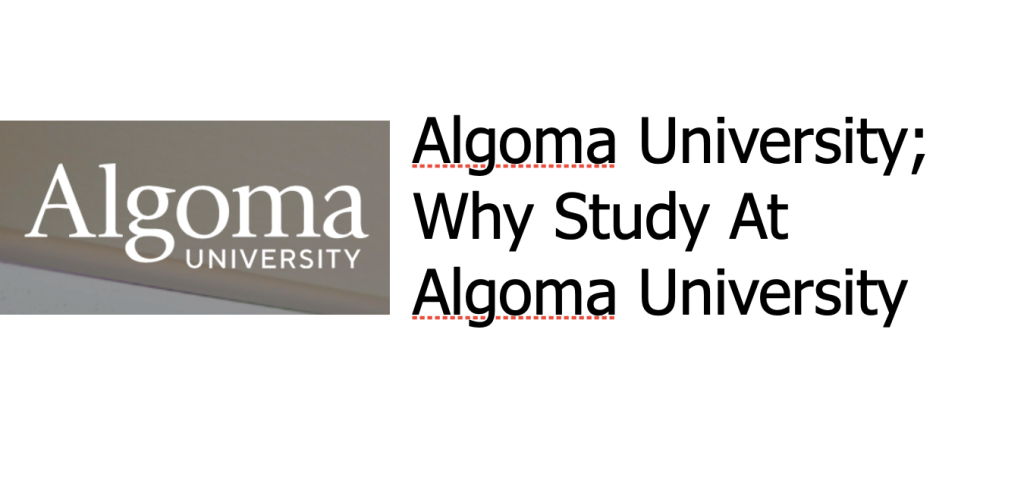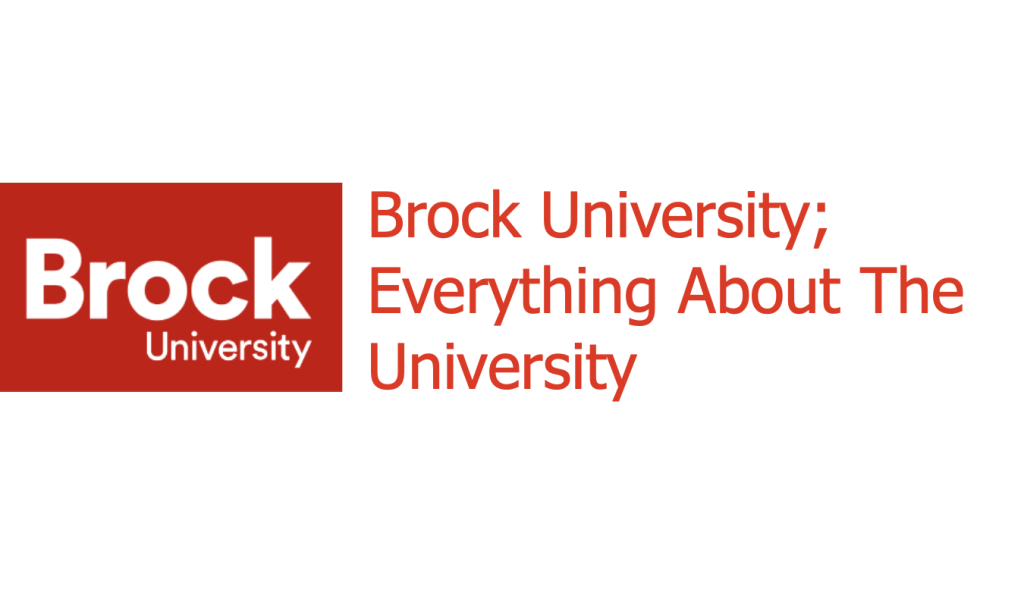The difference between Private and Public Universities in Ontario — When it comes to pursuing higher education in Ontario, students are faced with a multitude of choices. One of the fundamental decisions they must make is whether to attend a private or public university. Both options offer unique advantages and considerations that can significantly impact a student’s academic journey and future prospects.
In this comprehensive guide, we will delve into the key differences between private and public universities in Ontario. From tuition and funding to class sizes, academic programs, campus culture, and beyond, we will explore the distinct features that set these institutions apart. By understanding these differences, prospective students can make informed decisions that align with their educational goals, values, and aspirations.
Join us as we navigate the educational landscape of Ontario, unraveling the nuances of private and public universities and empowering students to choose the path that best suits their individual needs and aspirations.
Table of Contents
Here are the 10 key Differences between Private and Public Universities
Tuition and Funding: Exploring Financial Considerations
One of the primary factors to consider when choosing between private and public universities in Ontario is the difference in tuition and funding. Public universities, being funded by the government, generally have lower tuition fees compared to private universities. This affordability can make public universities more accessible for students with limited financial resources.
Private universities, on the other hand, often have higher tuition fees but may offer various scholarships, grants, and financial aid options to assist students in managing their educational expenses.
Read Also: Top Private Universities in Ontario
Class Sizes and Student-Faculty Ratio: Personalized Attention vs. Large Communities
Class sizes and the student-faculty ratio play a significant role in the learning experience. Public universities tend to have larger student populations, resulting in larger class sizes. This can limit individualized attention from professors.
In contrast, private universities often boast smaller class sizes, allowing for more personalized interactions between students and faculty. The lower student-faculty ratio at private institutions can facilitate mentorship opportunities, in-depth discussions, and closer academic relationships.
Academic Programs and Specializations: Broad vs. Specialized Offerings
Another key difference between private and public universities in Ontario lies in the range and focus of academic programs and specializations. Public universities often offer a broader array of programs across various disciplines. This diversity allows students to explore different fields of study and potentially change majors without much difficulty.
Private universities, on the other hand, may offer a more specialized curriculum, focusing on specific areas of study. This specialization can be beneficial for students with clear career goals and interests, providing in-depth knowledge and expertise in their chosen field.
Campus Culture and Community: Finding Your Fit
The campus culture and community at private and public universities can greatly influence a student’s overall college experience. Public universities often have larger and more diverse student populations, offering a vibrant and dynamic atmosphere. These institutions may have a wide range of clubs, organizations, and extracurricular activities that cater to different interests.
Private universities, with their smaller size, often cultivate a close-knit community. Students may find a strong sense of belonging, closer relationships with peers and faculty, and opportunities for leadership and involvement in campus activities.
Research Opportunities and Resources: Public Funding vs. Private Endowments
Public universities in Ontario typically have access to substantial government funding, which can lead to extensive research opportunities. These institutions often have well-equipped laboratories, research centers, and collaboration opportunities with other academic institutions and industries.
Private universities may rely on their own endowments, donations, and partnerships to support research initiatives. While they may have fewer resources compared to public universities, private institutions can offer unique research opportunities, particularly in specialized fields or niche areas of study.
Admissions Process: Selectivity and Accessibility
The admissions process can vary between private and public universities in terms of selectivity and accessibility. Public universities generally have a more competitive admissions process due to their larger applicant pool. They may have specific grade requirements, standardized test scores, and prerequisites for admission.
Private universities, while still selective, may take a more holistic approach to admissions, considering factors beyond academic achievements, such as extracurricular activities, personal statements, and letters of recommendation. This approach can provide opportunities for students who excel in areas beyond academics.
Campus Facilities and Resources: Enhancing the Learning Experience
Public universities, with their larger budgets and government support, often boast extensive campus facilities and resources. These can include state-of-the-art libraries, research facilities, sports complexes, and student support services.
Private universities, although potentially smaller in size, strive to provide high-quality facilities and resources to enhance the learning experience. Their investments in modern technologies, specialized equipment, and well-maintained campus environments contribute to a rich educational environment.
Read Also: Top 10 Best Universities in Ontario
Alumni Networks and Career Support: Connections for Success
The strength of alumni networks and career support services can greatly impact a student’s post-graduation prospects. Public universities in Ontario often have vast alumni networks, including notable individuals in various industries. These connections can provide valuable networking opportunities and job placements.
Private universities, with their smaller and more specialized communities, may offer focused career support services, including internships, co-op programs, and industry partnerships. These connections can help students bridge the gap between academia and the professional world.
Internships, Co-op Programs, and Industry Partnerships: Bridging Academic and Professional Worlds
Both private and public universities in Ontario recognize the importance of experiential learning and building practical skills. Public universities often collaborate with local businesses, government organizations, and research institutions to offer internship and co-op programs.
Private universities may have similar arrangements, but their partnerships may be more tailored to their specialized programs. These opportunities allow students to apply classroom knowledge in real-world settings, gain practical experience, and develop valuable industry connections.
Impact on Future Prospects: Considering Reputation and Recognition
The reputation and recognition of an institution can significantly impact future prospects, including graduate school applications and job opportunities. Public universities in Ontario, with their longstanding histories and established reputations, may carry a certain level of prestige and recognition both within Canada and internationally.
Private universities, although sometimes newer or smaller in size, can still offer rigorous academic programs and distinguished faculty members. The reputation and recognition of private universities may be more specialized in specific fields, catering to industries and employers looking for expertise in those areas.
Conclusion
Choosing between a private and public university is a significant decision that can shape the trajectory of a student’s academic and professional life. In this article, we have explored the key differences between private and public universities in Ontario, shedding light on various aspects such as tuition, class sizes, academic programs, campus culture, resources, and career support.
It is crucial for students to consider their personal preferences, goals, and financial circumstances when making this decision. Public universities offer larger student communities, broad academic programs, and often lower tuition fees, making them an attractive option for those seeking a diverse and affordable education. Private universities, on the other hand, provide more personalized attention, specialized programs, unique campus cultures, and enhanced resources that cater to specific academic and career goals.
Ultimately, the right choice between private and public universities in Ontario depends on individual priorities and aspirations. Prospective students should take the time to research and visit different institutions, speak with current students and alumni, and carefully evaluate their academic and career goals before making a decision. Prospective international students should always check if the school is approved by the government to host international students.
Remember, a university education is not just about the degree but also about the experiences, connections, and personal growth that shape one’s future. By understanding the differences between private and public universities in Ontario, students can embark on an educational journey that aligns with their ambitions, values, and aspirations, setting the stage for a successful and fulfilling career.



